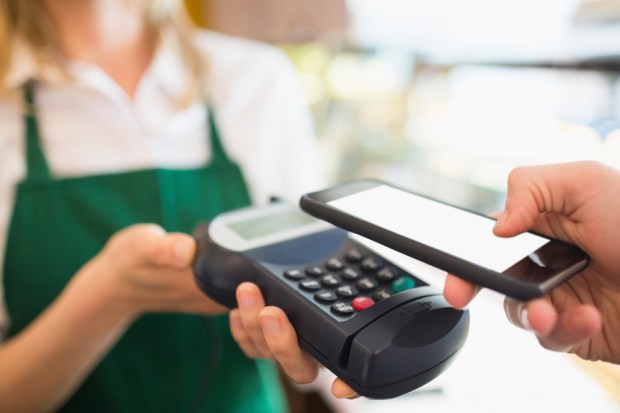UK Card Transactions Now 10 Percent Contactless

Contactless payments are fast becoming the favorite way for Britons to pay, with as many as one in 10 transactions being contactless, the latest data from the U.K. Cards Association has revealed.
The growth, which is mostly being fueled by a rise in usage of contactless payments at bars and restaurants, has leapfrogged by almost three times since last year when it stood at 3.7 percent.
“With one in 10 card payments now contactless, it’s clearly the preferred way to pay for millions of consumers,” said Richard Koch, head of policy at U.K. Cards Association. “The rise in the contactless limit to £30 earlier this year means there are now even more opportunities to make a fast, easy and secure contactless payment.”
The effect of a rise in the contactless spending limit from £20 to £30 in September last year was so dramatic that the restaurant industry in the U.K. saw usage of “touch-and-go” payments double, up by 92 percent, according to Barclaycard research.
Meanwhile, the average transaction value went up from £7.35 in September to £7.72, pushing October’s transaction volume to £929.8 million, the research found.
The biggest adoption change that really drove the growth of contactless payments, however, was the retail industry. Among all spending categories, the report noted, 30 percent of contactless transactions occurred in supermarkets, which particularly benefited from the £10 rise in contactless spending limit — £25 being the average cost of a basket in supermarkets across the U.K.
“As the consumer appetite for new ways to pay continues to grow, particularly with the upcoming launch of high-value payments and the continuing growth in wearable payment devices, we’re expecting 2016 to be another record-breaking year for contactless,” said Paul Lockstone, managing director at Barclaycard.
| Category | Spending growth following £30 limit increase |
| Service Stations | 98% |
| Pubs and Bars | 92% |
| Supermarkets | 62% |
| Fast Food Outlets | 62% |
| Convenience Stores | 59% |
| Commuter Transport | 55% |
| Restaurants | 51% |
| Pharmacies | 49% |
| Newsagents | 40% |
| Caterers | 7% |
